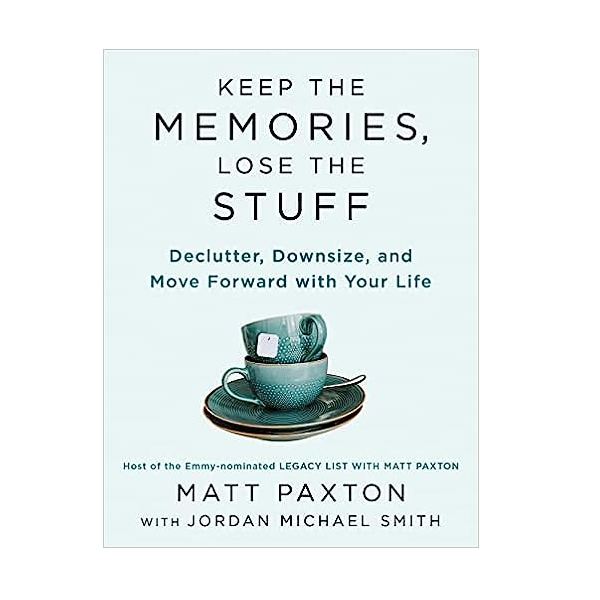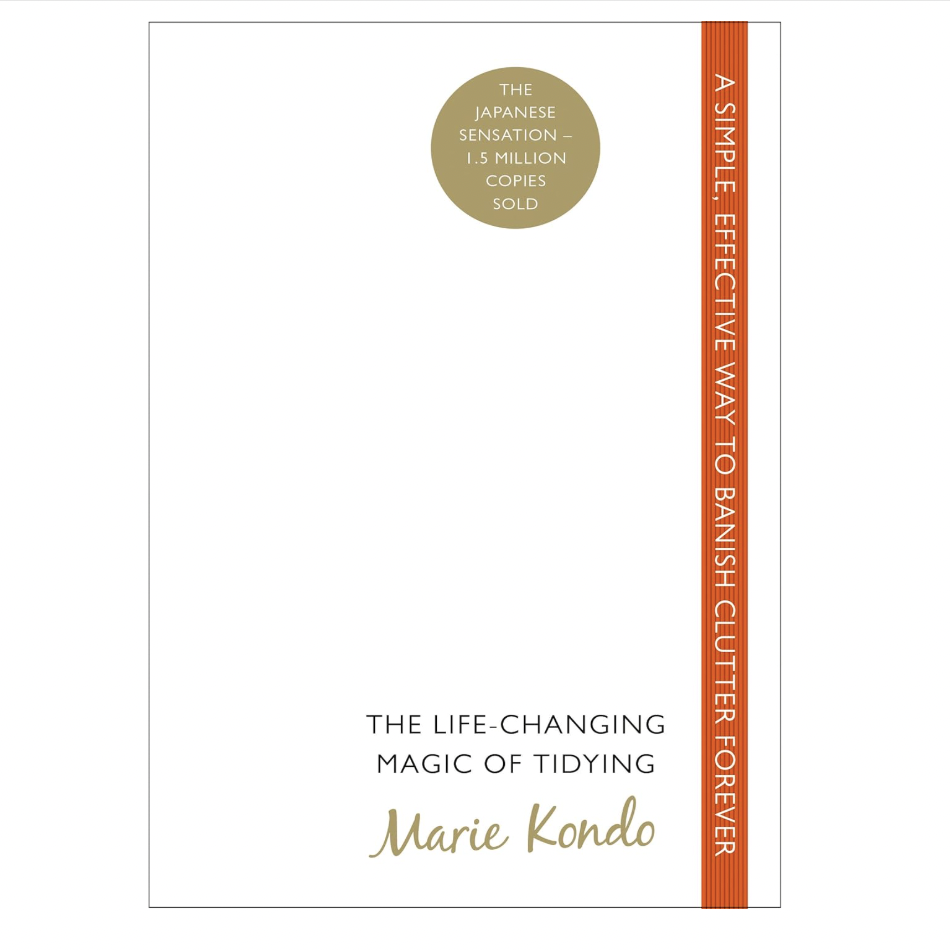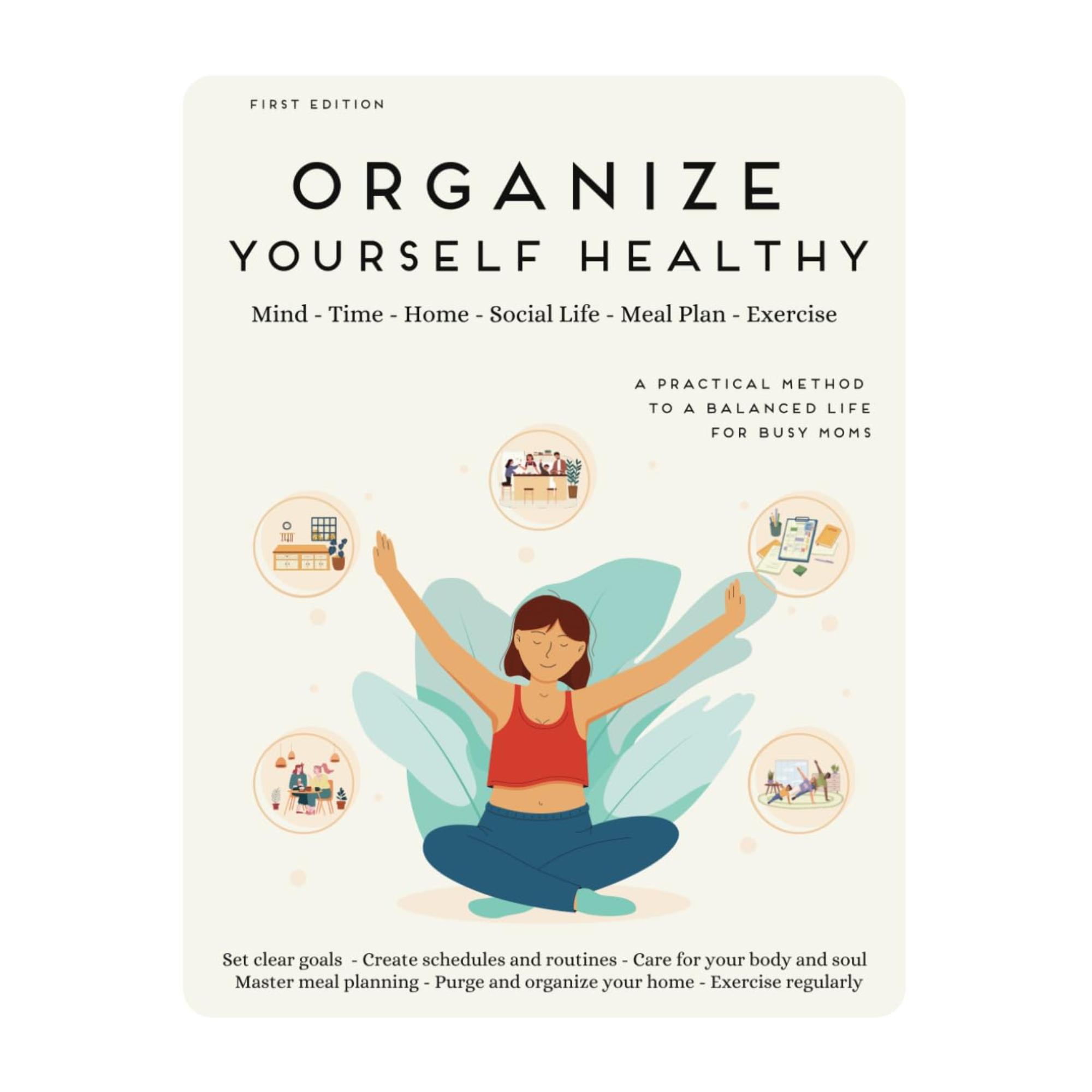The "Reverse Decluttering" Method Flips Everything You Thought You Knew About Getting Rid of Stuff on Its Head
This unconventional technique helps prioritize the items you actually love for a quicker and more effective sort-out, and it's being lauded by experts
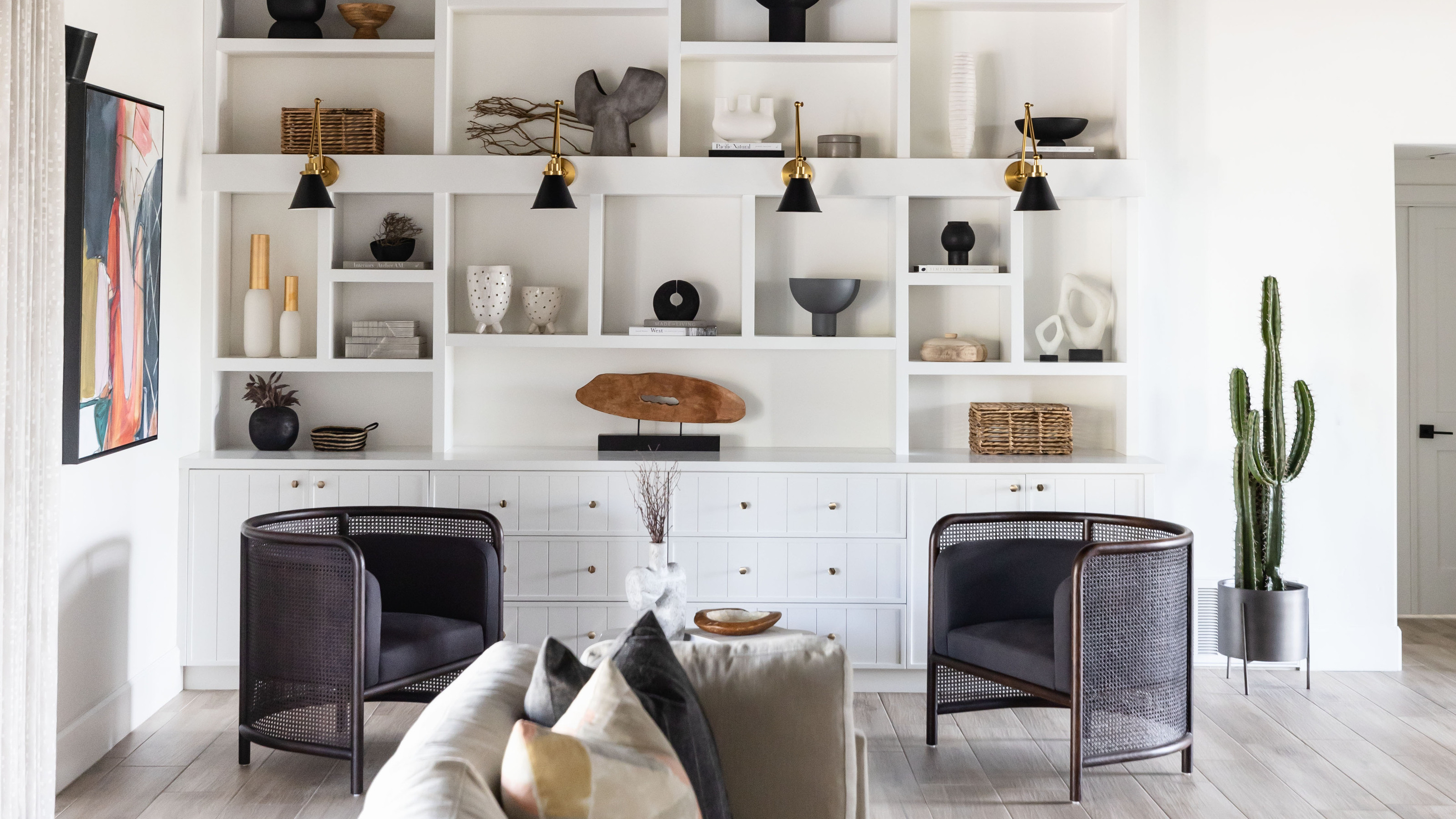

For many of us, the hardest part of decluttering is getting started. How many times have you looked at your bulging closet or your cluttered kitchen cabinets and wondered where to begin? Even if you set out with the very best intentions, these initial feelings of overwhelm are enough to stall your efforts (and don't worry, it happens to the best of us).
Rather than let it put a pause on your progress, however, a good trick is to reframe the way you look at decluttering as a whole. Instead of starting with a huge pile of clutter that needs to be painstakingly filtered through one item at a time, why not reverse the process and flip it on its head, starting with the end goal — a pile of things you actually want to keep.
That's the idea behind the so-called "reverse decluttering" method, a new viral technique that has the potential to change your entire mindset for the better. As far as we're concerned, this unconventional approach could be the best way to declutter your home with greater success, and the experts are in agreement. It's reverse psychology... but not as you know it.
What Is the Reverse Decluttering Method?

Reverse decluttering turns everything you thought you knew about sorting out your stuff on its head. Rather than deliberating over what to throw away or donate — an approach that often leads to the dreaded "analysis paralysis" — you instead prioritize the things you want to keep, helping you to make faster, more efficient decisions.
"Instead of pulling everything out and deciding what to let go of, you start by choosing the absolute must-haves — the items you love, use all the time or truly need," explains Di Ter Avest, owner of Di is Organized and author of the book Organize Yourself Healthy (available at Amazon).

Di Ter Avest is a professional home and lifestyle organizer and the owner of Di is Organized, in Baltimore, MD (USA). Her accountability program and book Organize Yourself Healthy help women across the globe to get their lives and homes organized, leading to lower levels of stress and overwhelm. Her expertise has been featured on Forbes, Today, Apartment Therapy, Real Homes, Livingetc, Home & Gardens, and Kitchn; she has also given workshops at IKEA, West Elm, and Williams-Sonoma.
Knowing how to start decluttering, and going into the task with the right mindset, is half the problem. To streamline the process, allowing yourself to prioritize what you want to keep straight off the bat can be all the encouragement you need to make that very first step.
Once your essentials are set aside, Di says everything else that's left can join the "maybe" pile and is up for review. "It's a mindset shift from 'What do I need to get rid of?' to 'What do I actually want to keep in my life?'," she says. "It's super helpful for people who feel overwhelmed by clutter or tend to get stuck in indecision." In short, it's rule 101 for decluttering when you're overwhelmed.
The Livingetc newsletters are your inside source for what’s shaping interiors now - and what’s next. Discover trend forecasts, smart style ideas, and curated shopping inspiration that brings design to life. Subscribe today and stay ahead of the curve.
How Should You Implement This Method?
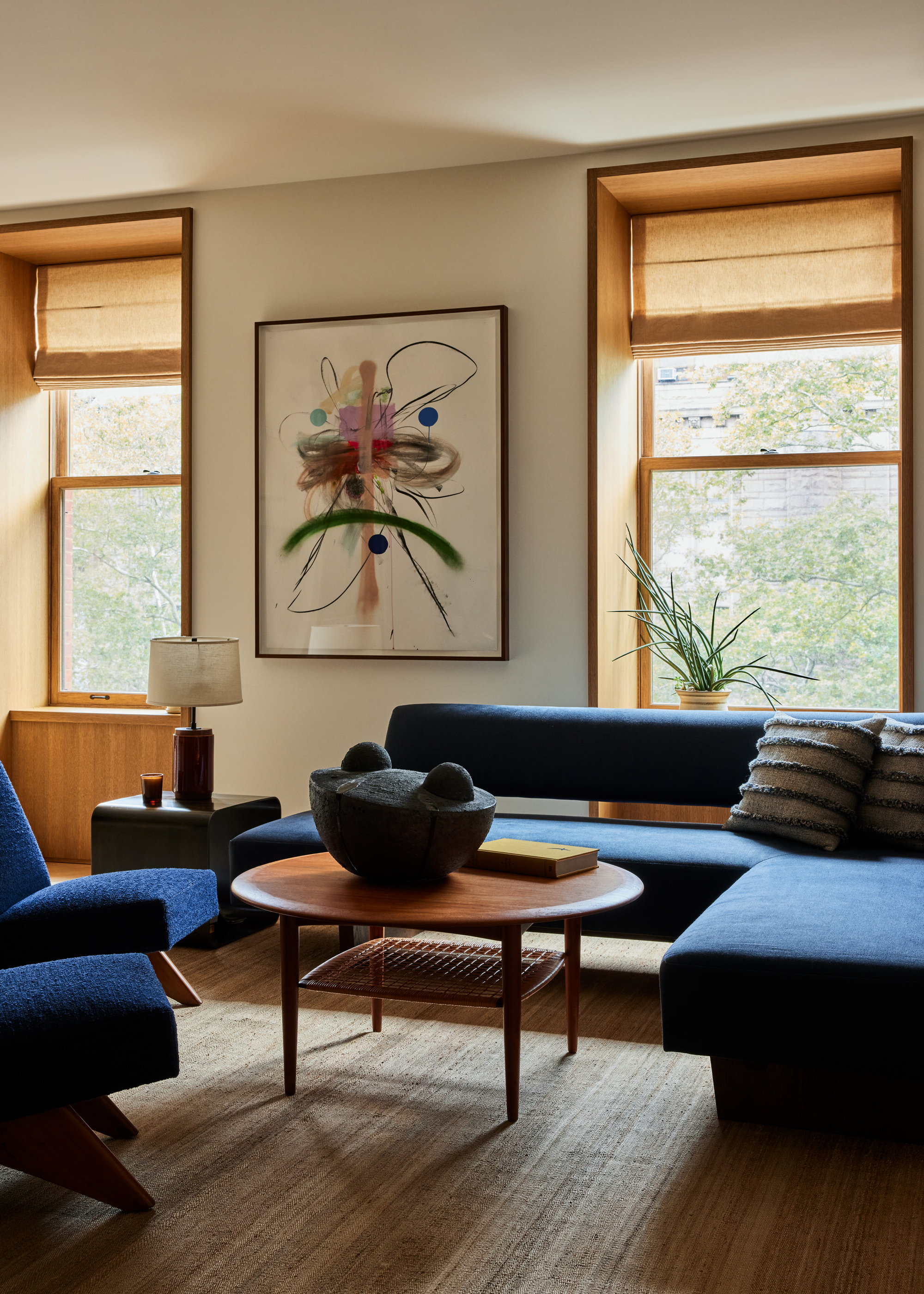
Decluttering can vary greatly from one job to the next. Clearing out your winter closet might feel manageable, but decluttering your living room in one fell swoop is not for the faint of heart. According to the experts, when implementing the reverse decluttering method, it's always best to start small.
Di suggests focussing your attention on one drawer, one shelf, or one category (like mugs, cookware, or coats for example). "Pick out your favorites first. What would you be sad to lose? What actually gets used? What feels good to keep?" she says. "Place those items back neatly then take a look at what's left. Chances are it'll feel easier to say goodbye to the rest once you've seen what you actually need. If something feels 'meh' or hasn't been touched in ages, it's probably not serving you."
California-based organizer Melissa Gugni agrees this reversal technique is best for more specific projects. "For most folks, trying to attack a whole home this way would likely be too overwhelming," she says. To simplify the task and ensure the best rate of success, keep to a small area at a time.

Melissa Gugni is a San Francisco-based organizer who pairs her vision for clutter-free homes with a clean, fresh aesthetic. As a mom, she recognizes the importance of creating a space that you're proud of but can live in, too. Alongside her work, she's contributed to many decluttering and organization articles sharing her expertise.
If you need some ideas to kickstart your next decluttering mission, Melissa recommends the bathroom as a great space to put this new philosophy into practice. Begin by taking everything out and then return the things that are used every day. "Give them the 'best' locations, like the top drawer or front of a cabinet," Melissa advises. "Things used weekly get the next best spot, and things used less frequently like travel gear can be put in bins in higher-up spots or the back of the cabinet."
By process of elimination, you'll be left with a heap of things to let go of when decluttering. Of course, you'll have to make a conscious effort to stop sorting and make the call of what to cull. In short, don't make too many excuses. If you're indifferent to something, you don't need it, or you forgot that you even had it, take that as a sign and let it go.
FAQs
Does the Reverse Decluttering Method Really Work?
Reverse decluttering is not your traditional approach to sorting out stuff you don't need. In fact, it goes against everything we're taught about decluttering — focus on getting rid of belongings, rather than retaining them.
With that in mind, there's a certain degree of self-discipline needed for reverse decluttering to be successful. Unlike the conventional approach where you're left with your "keep" pile at the end of the task, working backwards means you have to commit to throwing things out as time wears on and avoid slipping into excuses for keeping stuff. Like all decluttering techniques, you'll need to stay focused and be ruthless at times.
That said, experts say this method has excellent results, particularly in certain circumstances. "It's especially useful for avoiding decision fatigue, or for those who feel too attached to everything," explains Di, who calls it a "gentle but effective" technique. "It removes that guilty energy that sometimes comes with traditional decluttering because you're focusing on what adds value, not beating yourself up over the rest."
If you need to kickstart a decluttering project but don't know where to start, the reverse decluttering method could be the solution you've been searching for. Forget everything you've previously learned and reframe the way you sort out your stuff by prioritizing the things that actually matter. We're certain the pile of junk that you can confidently declutter will be bigger than ever before.
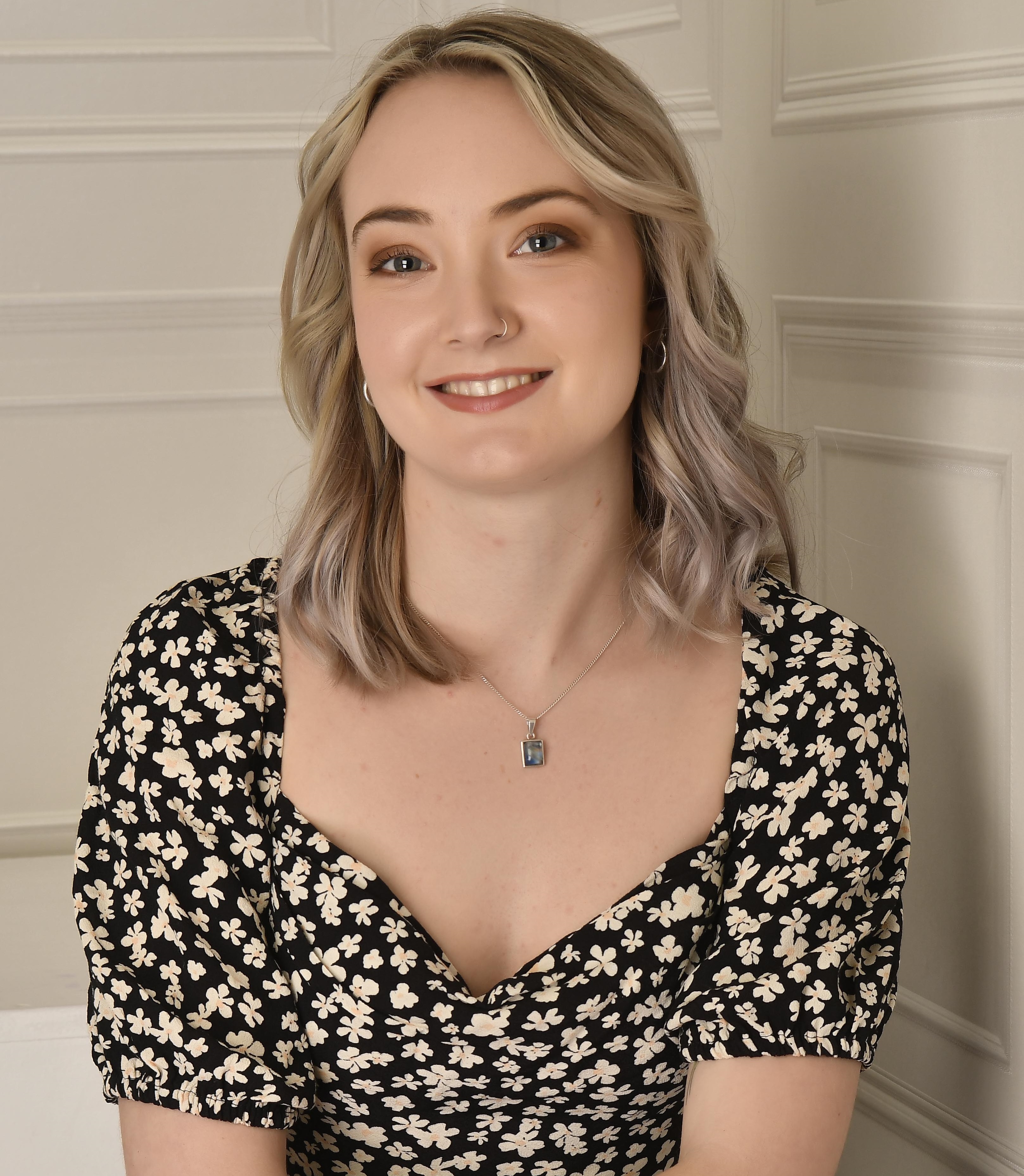
Lilith Hudson is a freelance writer and regular contributor to Livingetc. She holds an MA in Magazine Journalism from City, University of London, and has written for various titles including Homes & Gardens, House Beautiful, Advnture, the Saturday Times Magazine, Evening Standard, DJ Mag, Metro, and The Simple Things Magazine.
Prior to going freelance, Lilith was the News and Trends Editor at Livingetc. It was a role that helped her develop a keen eye for spotting all the latest micro-trends, interior hacks, and viral decor must-haves you need in your home. With a constant ear to the ground on the design scene, she's ahead of the curve when it comes to the latest color that's sweeping interiors or the hot new style to decorate our homes.
